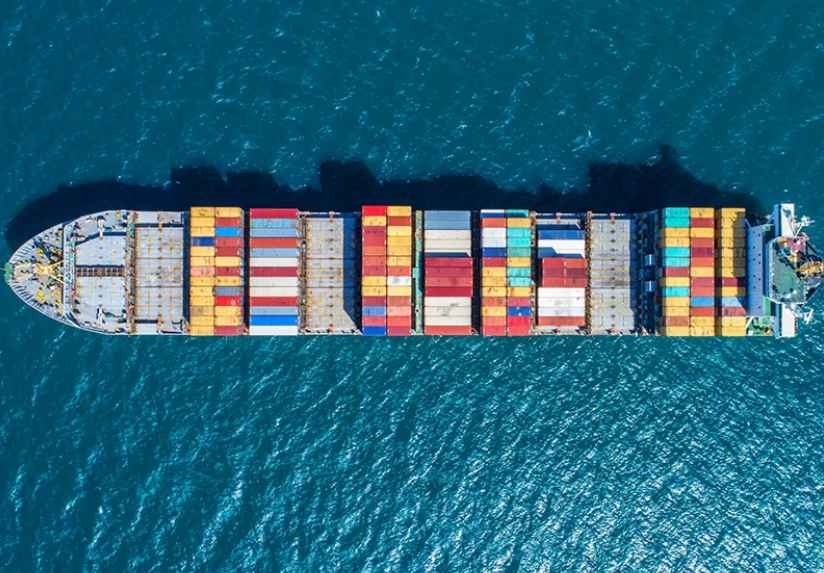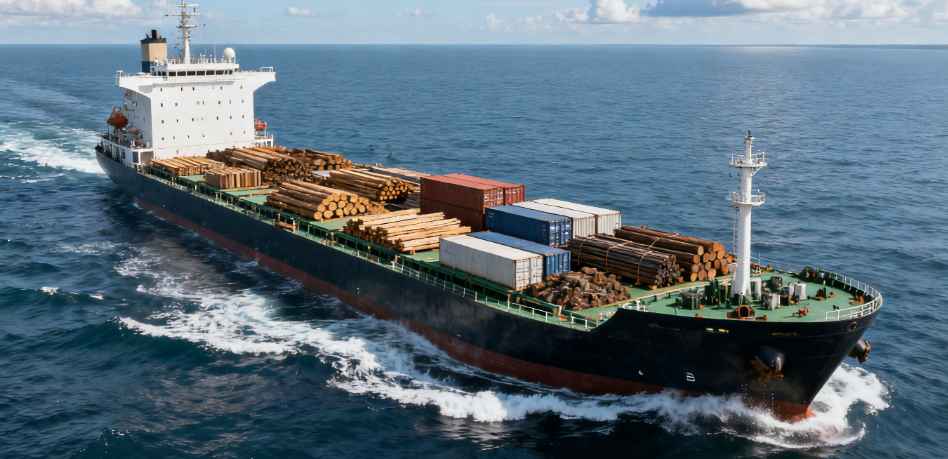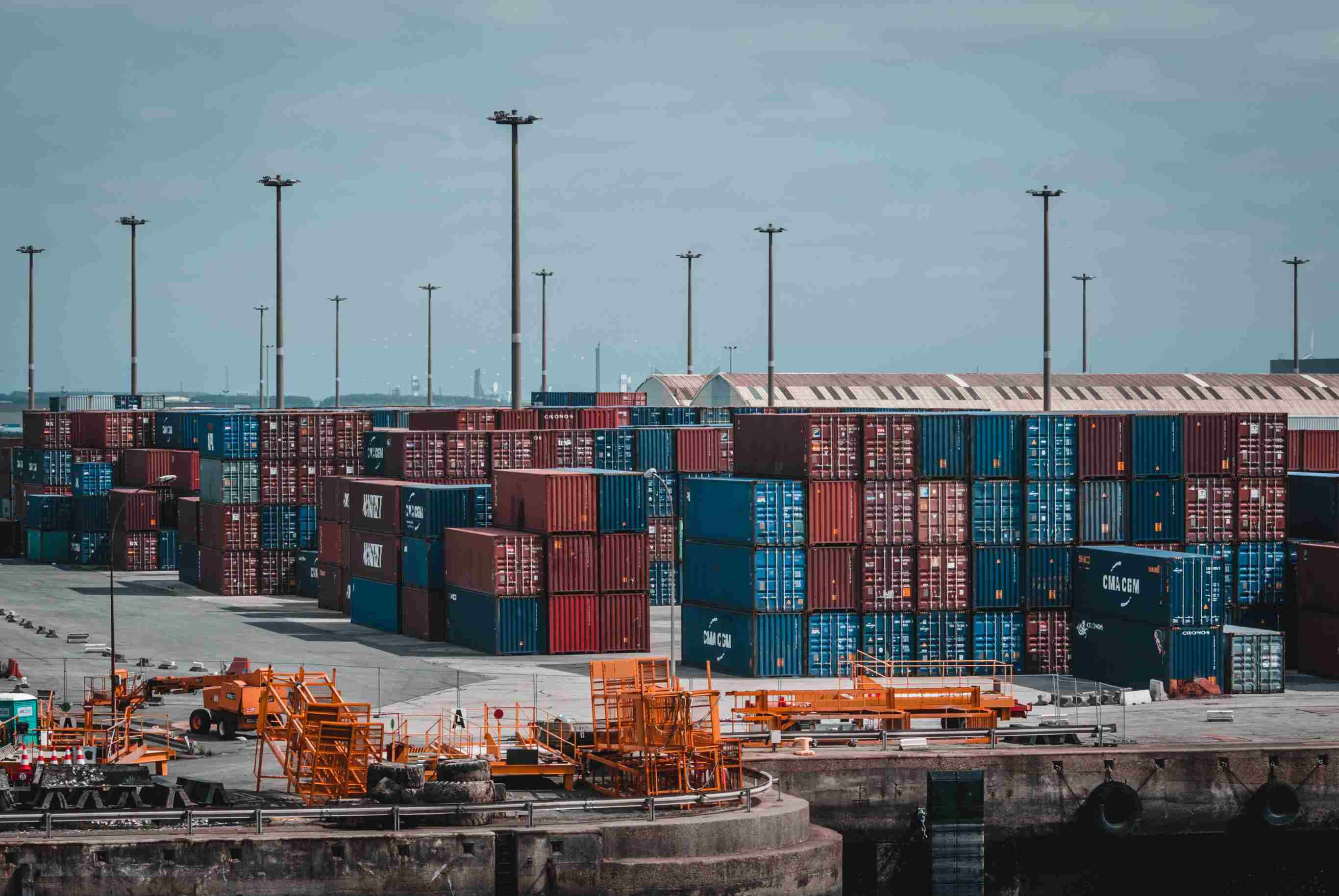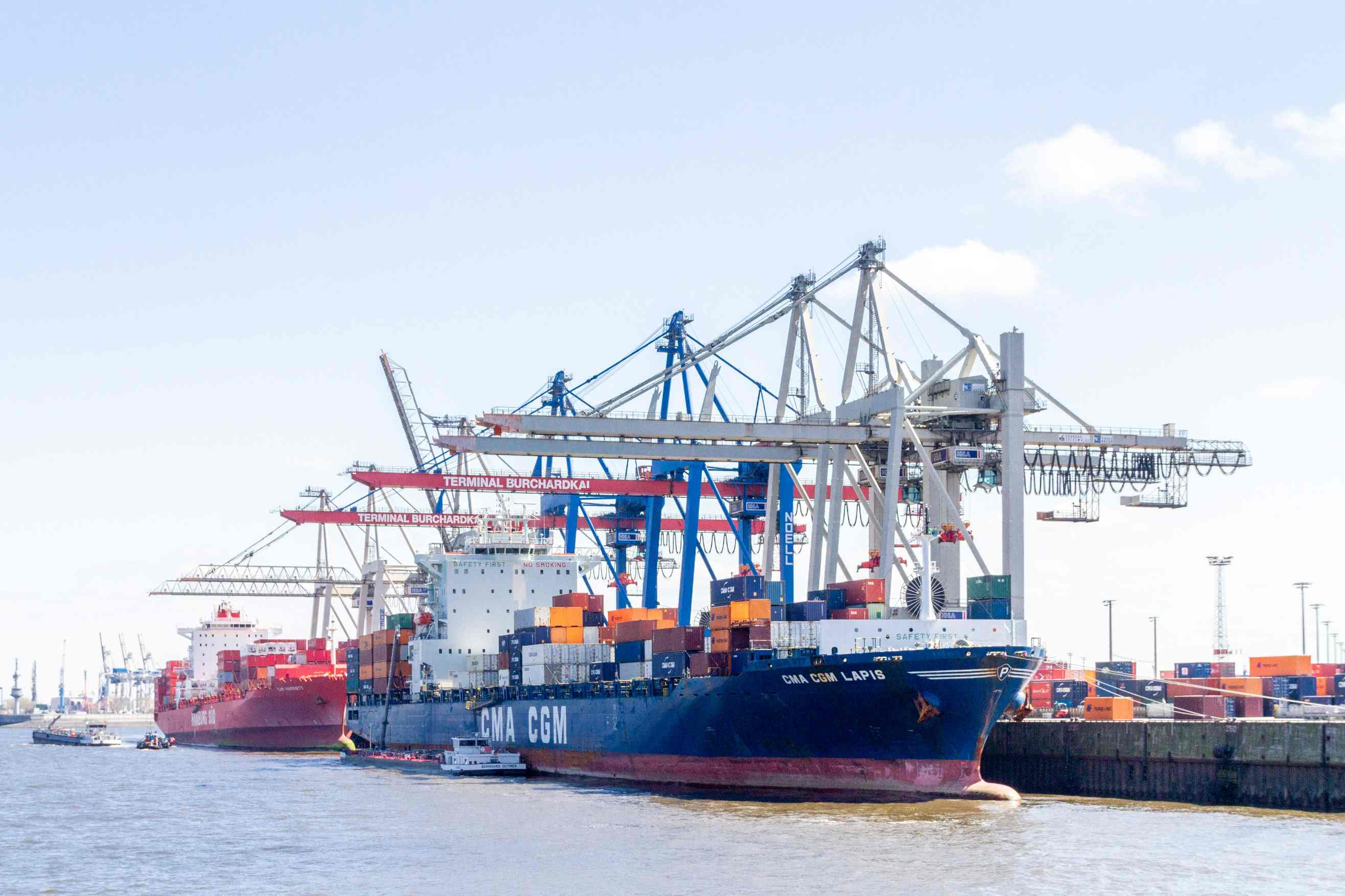Project Cargo vs. Break Bulk Shipping Lines: Which One Fits Your Cargo Needs
In today’s global trade environment, companies face increasing demands for transporting large equipment, industrial machinery, and specialized cargo overseas. Choosing the right shipping method directly affects project timelines, costs, and operational efficiency.
In cargo shipping solutions, both break bulk shipping lines and project cargo are widely used. Understanding their differences and applications helps businesses make informed logistics decisions.

What is Break Bulk Shipping?
Break bulk shipping refers to transporting goods that cannot be loaded into standard containers, often including machinery, steel, timber, or oversized items. This mode of transportation involves careful planning of stowage, securing cargo, and coordinating with ports and carriers.
Shipping Characteristics: Cargo layout is planned to maintain vessel stability, considering size and weight.
Operational Process: Includes port loading/unloading, lifting arrangements, stowage planning, and safety checks.
Flexibility and Adaptability: Loading sequences and methods can be adjusted to suit various shapes and weights.
Compared to containerized shipping, break bulk shipping lines emphasize flexibility and control, requiring thorough planning and coordination.
What is Project Cargo?
Project cargo involves transporting oversized, heavy, or complete sets of equipment for industries such as energy, infrastructure, or industrial production lines. It focuses on end-to-end management rather than just shipment.
Shipping Characteristics: Highly customized, including cargo disassembly, transport route selection, lifting equipment configuration, and risk assessment.
Execution Requirements: Coordination with ship owners, ports, lifting equipment, and transport teams to ensure safe delivery of high-value cargo.
Safety and Control: Detailed operational plans are developed, and cargo is continuously monitored throughout transport.
The key value of project cargo lies in holistic management rather than a single shipment, distinguishing it from break bulk transportation.
Break Bulk vs Project Cargo: Core Differences and Applications
|
Aspect |
Break Bulk |
Project Cargo |
|
Cargo Type & Scale |
Medium-sized, single items (e.g., machinery, steel) |
Large-scale, complete equipment sets (e.g., energy plants, industrial lines) |
|
Transport Mode & Planning |
Depends on ship schedules and stowage capacity |
Requires cross-departmental end-to-end coordination |
|
Management & Risk |
Standardized operations; cargo damage risk needs monitoring |
Complex management; high-value cargo requires detailed supervision |
|
Decision Basis |
Based on cargo size, weight, and port compatibility |
Based on cargo size, project timeline, and overall project requirements |
|
Flexibility |
High flexibility in loading sequence and method |
Customized handling for entire project; less flexibility but higher security |
Operational Challenges
Both shipping types face operational challenges in international shipping:
Time Management: Break bulk must align with ship schedules and port operations; project cargo requires coordination with overall project timelines.
Port and Equipment Conditions: Break bulk may be limited by lifting or storage capacity; project cargo requires specialized ports and lifting equipment.
Cost and Risk Control: Break bulk focuses on cargo protection; project cargo requires full-cycle risk management and multi-party coordination.
Supply Chain Coordination: Project cargo involves collaboration across international teams, carriers, and ports, making it more complex than break bulk.
Understanding these challenges helps businesses choose appropriate cargo shipping solutions and plan operations effectively.
Trends and Market Opportunities
International transport trends for break bulk and project cargo include:
Enhanced Flexibility: Break bulk shipping emphasizes optimized loading, route coordination, and safety monitoring.
End-to-End Management: Project cargo focuses on full-cycle planning, from initial design to delivery.
Decision-Oriented Shipping: Choice of shipping method depends not only on cost but also on project efficiency and delivery reliability.
These trends indicate that businesses must evaluate transport methods, management capabilities, and project requirements comprehensively to ensure efficient international shipping.
OceanPro's Solutions: Efficient Cargo Shipping Solutions
OceanPro provides end-to-end solutions for break bulk and project cargo:
Customized Planning: Tailored shipping plans based on cargo characteristics and transport needs.
Global Network Support: Coverage of major international routes and ports, ensuring seamless operations.
Professional Execution: From port operations and lifting arrangements to transport monitoring, ensuring safe and efficient delivery.
Integrated Coordination: For project cargo, OceanPro coordinates multiple parties to reduce risks and meet timelines.
With professional cargo shipping solutions, businesses can achieve safe, efficient, and controlled delivery for international shipments.

Conclusion
Break bulk shipping and project cargo have distinct features and applications. Break bulk prioritizes flexibility for medium-sized shipments, while project cargo emphasizes safety and full-cycle management. Businesses should select a shipping solution based on cargo type, timeline, and risk considerations.
HaiYuan Logistics, with extensive experience and a global network, offers comprehensive cargo shipping solutions from break bulk to project cargo, helping businesses complete international shipments efficiently and reliably.
FAQ
Q1: How do I choose between break bulk shipping lines and project cargo for oversized equipment?
A1: It depends on scale, complexity, and delivery timeline—break bulk suits medium items, while project cargo fits large, integrated projects.
Q2: Are international shipping costs higher for project cargo compared to break bulk?
A2: Yes, project cargo usually involves higher costs due to end-to-end planning, specialized equipment, and full project coordination.
Q3: Can break bulk cargo be combined with containerized cargo in the same shipment?
A3: In some cargo shipping solutions, vessels can handle both containerized and break bulk loads, depending on port and vessel capacity.
Q4: What industries rely most on project cargo services?
A4: Energy, construction, infrastructure, and heavy manufacturing often use project cargo for transporting large-scale equipment.
Q5: How does risk management differ in break bulk vs project cargo?
A5: Break bulk focuses on securing individual items, while project cargo requires detailed risk control for the entire project.
Q6: What documentation is essential for international shipping of project cargo?
A6: Documents often include packing lists, lifting plans, customs declarations, and insurance coverage for oversized cargo.
Q7: Can break bulk shipping lines support urgent deliveries?
A7: Yes, but flexibility depends on vessel schedules and port readiness—project cargo usually requires longer lead time.





